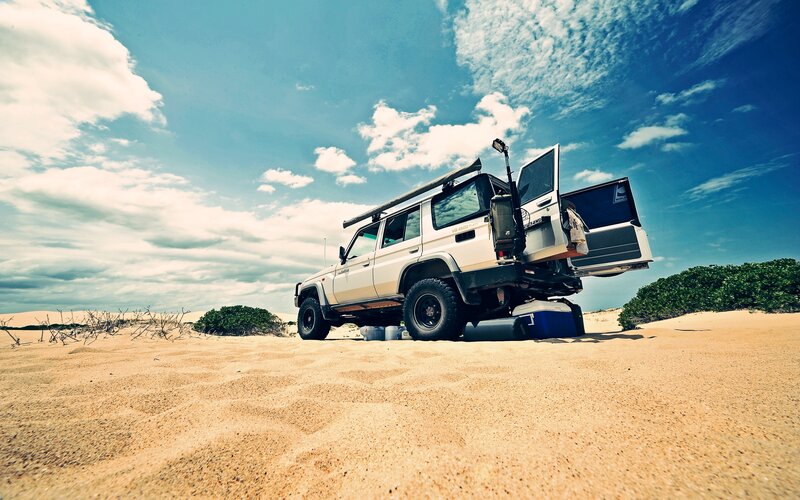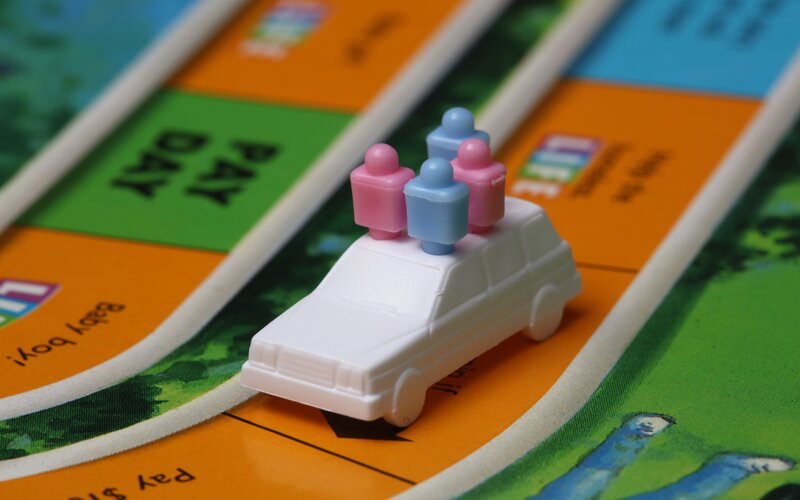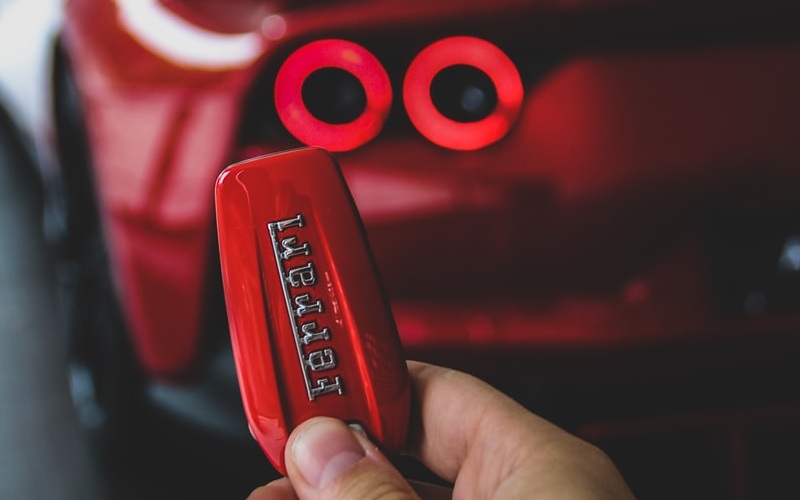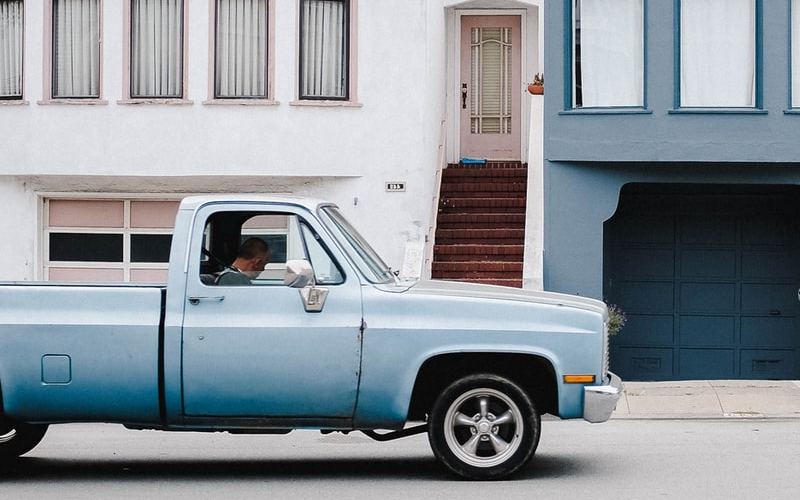Car safety
There were 1,224 road deaths in Australia over 2017, according to the Department of Infrastructure, Regional Development and Cities. As of August 2018, this number currently sits at 770 deaths, a 2% decrease from the same point in 2017, but a large number nonetheless.
While speed, fatigue, distraction and alcohol and/or drugs are major factors in road deaths, the car itself also plays a significant role. After all, the car still takes damage when you crash, and that’s ultimately what kills or injures most people.
According to ANCAP (Australian New Car Assessment Program), 60% of serious and fatal injuries are due to frontal crashes, with side damage to the car being the next biggest. Depending on the car you choose, how safe it is could literally be the difference between life or death.
That’s why ANCAP releases ongoing safety ratings – a star rating system from one to five indicating the level of safety each car model provides.
ANCAP safety ratings
ANCAP has been doing these ratings since 1993 in order to provide consumers with information about how safe their prospective cars are. According to its methodology, cars are compared on structural integrity, passive safety features (like airbags) and safety assist technologies (such as blind spot monitoring). There’s a major difference between each star rating – a five-star car is much safer than a four-star one, which is also much safer than a car rated three-stars.
ANCAP highly recommends cars that are either rated five or four stars. Cars with three stars are not recommended, while one and two-star cars are classified as dangerous. Based on ANCAP data, people in cars rated three-stars or lower are twice as likely to suffer serious and fatal injuries than those in cars rated 5-stars.
Safest new cars in Australia
There are a lot of five-star cars out there – you’ll find that most new cars released nowadays meet ANCAP’s five-star criteria. If you’re looking at results that have been published from 2017 onwards, then the following cars have been rated as five-stars.
There are way more five-star cars than just the ones shown below too – ANCAP lists 208 in total as of September 2018. It might not be a bad idea to check what your current or future car is rated when it comes to safety.
Safest new small cars
| Car model | Rating year |
|---|---|
| BMW 1 Series | 2019 |
| Mercedes B-Class | 2019 |
| Ford Focus | 2019 |
| Mazda 3 | 2019 |
| Kia Cerato | 2018 |
(Source: ANCAP)
Safest new medium cars
| Car model | Rating year |
|---|---|
| BMW 3 Series | 2019 |
| Mercedes CLA-Class | 2019 |
| Tesla Model 3 | 2019 |
(Source: ANCAP)
Safest new large cars
| Car model | Rating year |
|---|---|
| Audi A7 | 2018 |
| Peugeot 508 | 2019 |
| Audi A6 | 2019 |
(Source: ANCAP)
Safest new sports cars
| Car model | Rating year |
|---|---|
| Mercedes C-Class Cabriolet | 2017 |
(Source: ANCAP)
Safest new utes
| Car model | Rating year |
|---|---|
| Toyota Hilux | 2019 |
| Mercedes X-Class | 2017 |
| LDV T60 | 2017 |
(Source: ANCAP)
Safest new SUV’s
| Car model | Rating year |
|---|---|
| Mercedes GLB | 2019 |
| Nissan Juke | 2019 |
| Volkswagen T-Cross | 2019 |
| Mazda CX-30 | 2019 |
| Kia Seltos | 2019 |
(Source: ANCAP)
UCSR – Used Car Safety Ratings
The Used Car Safety Ratings (UCSR) are an initiative funded by Monash University, sourcing data from ANCAP. This data focuses solely on second-hand cars that are at least three years old, and is based on the vehicle’s protection of the driver in the event of a crash as well as the danger it poses to other road users.
These ratings demonstrate that you don’t have to sacrifice safety for something more affordable. There are plenty of safe used cars out there that won’t break the budget.
Safest used cars in Australia
In the 2018 UCSR report, the following cars were awarded a five-star rating:
Safest used small cars
| Car model | Year |
|---|---|
| Audi A3 | 04-13 |
| Mazda 3 | 13-17 |
| Nissan Pulsar | 12-17 |
| Toyota Prius 3 | 09-16 |
Safest used medium cars
| Car model | Year |
|---|---|
| Audi AllRoad | 08-15 |
| Mazda Atenza | 12-17 |
| Peugeot 407 | 04-11 |
| Volkswagen Passat | 06-15 |
Safest used large cars
| Car model | Year |
|---|---|
| BMW 5 Series | 03-10 |
| Holden Commodore VF | 13-17 |
| Mercedes E-Class | 09-16 |
| Volvo V70 | 00-07 |
Safest used utes
| Car model | Year |
|---|---|
| Ford F-Series | 01-06 |
| Ford Ranger | 11-15 |
| Mazda BT-50 | 11-15 |
| Holden Colorado | 08-11 |
| Isuzu D-Max | 08-11 |
Safest used SUV’s
| Car model | Year |
|---|---|
| Hyundai ix35 | 10-15 |
| Jeep Patriot | 07-16 |
| Jeep Compass | 07-17 |
| Kia Sportage | 10-15 |
| Nissan Dualis | 07-13 |
How does the safety rating affect me?
It’s obviously not possible to always prevent accidents from happening, as anything can happen at any time. But a car with a good safety rating can save you more than just money. Looking at the trend in fatal car accidents over time, the Department of Infrastructure, Regional Development and Cities shows a decline over the past 10 years. 2017’s tally was 1,224 – still too many, but lower than the high of nearly 1,500 in 2009.
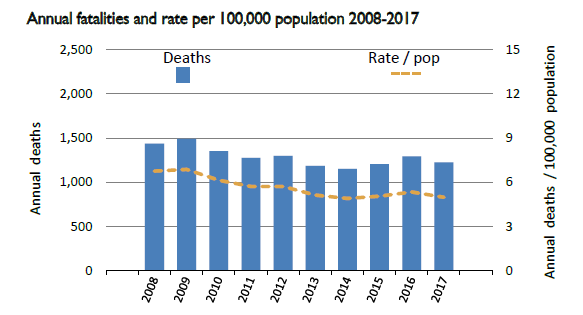
Source: Bureau of Infrastructure, Transport and Regional Economics (BITRE)
Looking at some of ANCAP’s one and two-star rated vehicles, a fair few of them were made around the late nineties and early two-thousands, and ANCAP strongly suggests that any driver serious about their safety not get such a car. This isn’t to say that you’re guaranteed to be in a crash if you get a car with a lower safety rating, but statistically speaking, these cars are both more likely to be involved in a crash and less likely to protect those inside.
Savings.com.au’s two cents
Cheap does not always equal safe, nor might it represent good value. While you might be tempted to buy that really cheap old second-hand car, maybe you should consider looking at some slightly more expensive cars that have a higher rating.
A car with a high safety rating isn’t necessarily expensive either. There are plenty of used vehicles with five-star safety ratings that can be bought for under $10,000. In 2014, ANCAP actually stated that new five-star cars were priced as low as $13,000 drive away.
A safe and sturdy car could also save yourself thousands of dollars in insurance excesses and repairs over the years, not to mention the significant personal costs of being involved in a serious accident. You could:
- become injured and miss work
- have to fork out large quantities of money for surgeries
- be taken to court by another disgruntled driver, or
- ultimately see a loved one injured or killed, which is worse than any expense.
It’s also worth noting that your car insurance premiums might be lower with a safer car, as insurers do factor in the model of the car when handing out policies. Western Australian provider RAC even went as far as to not insure any vehicle rated less than four-stars back in 2012.
At the end of the day, you can’t put a price on safety. Without it, you could lose a lot more than a few bucks.
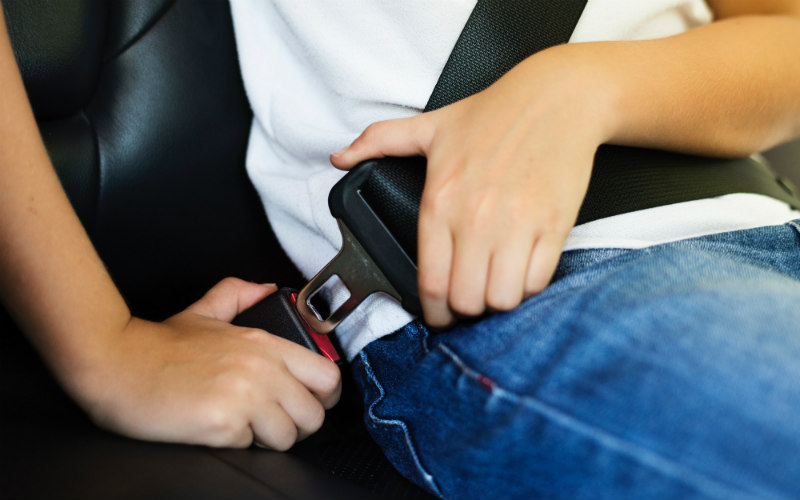

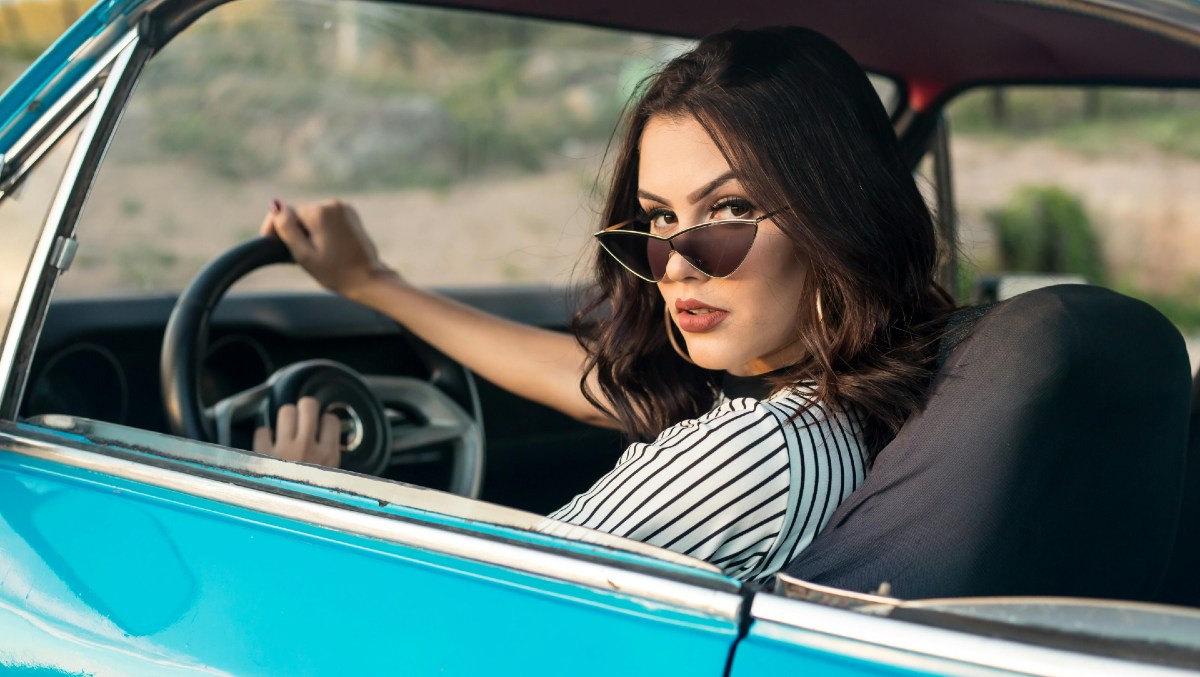
 Denise Raward
Denise Raward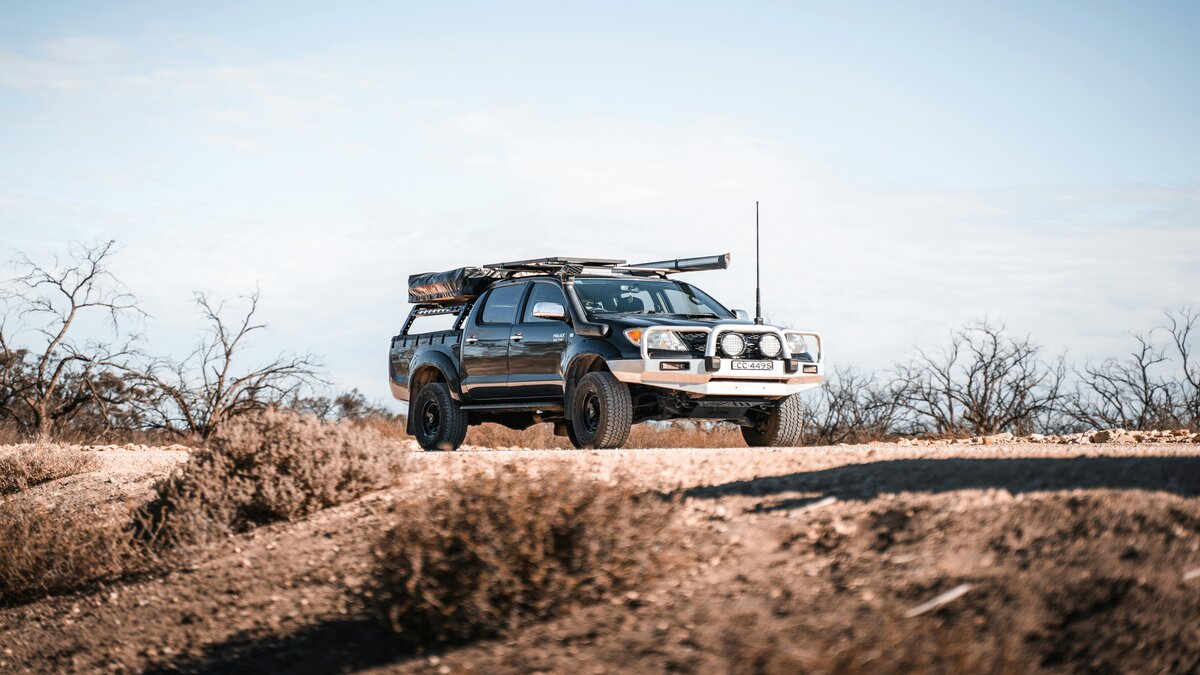
 Harry O'Sullivan
Harry O'Sullivan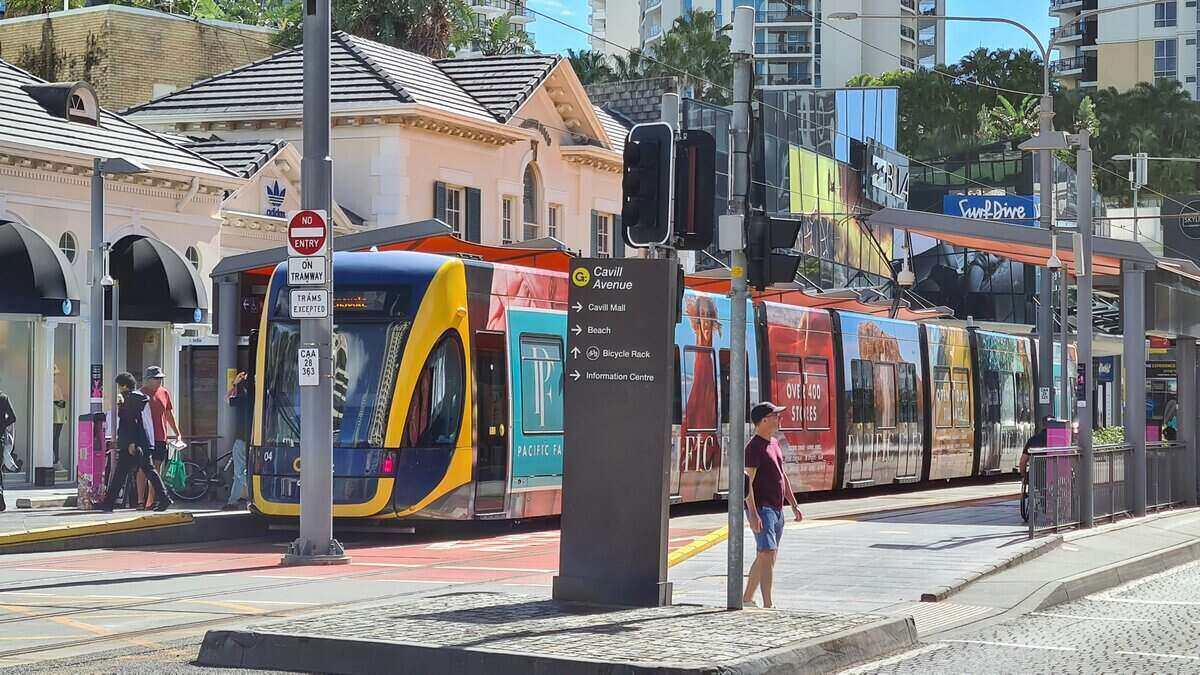
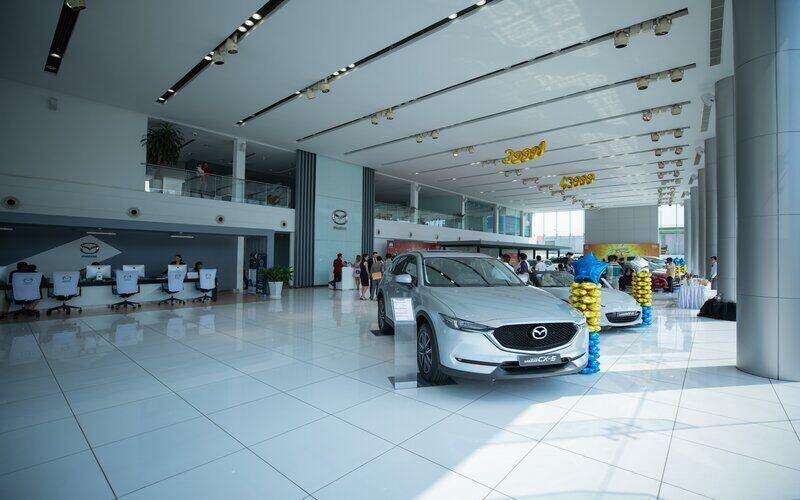
 Hanan Dervisevic
Hanan Dervisevic